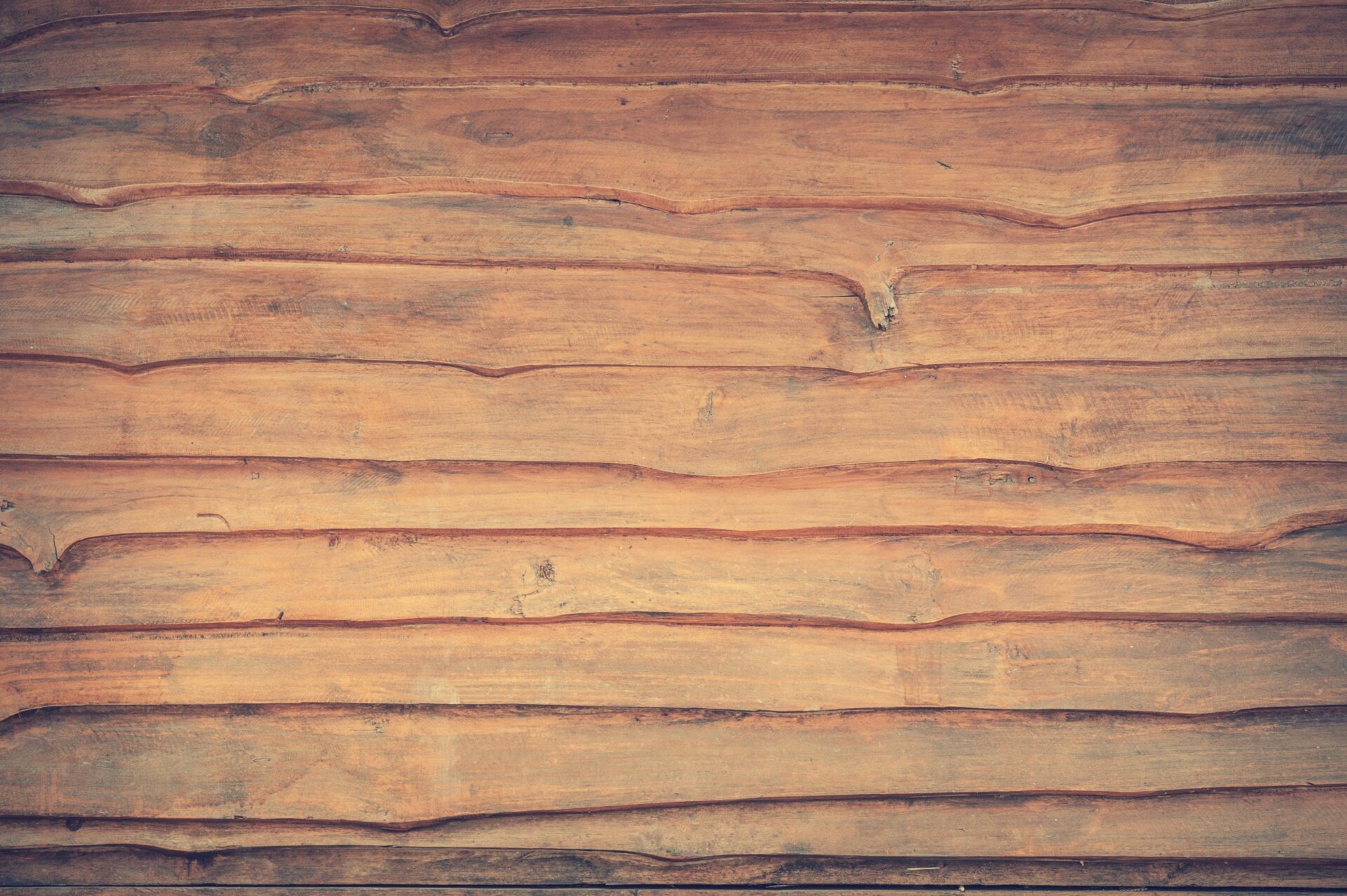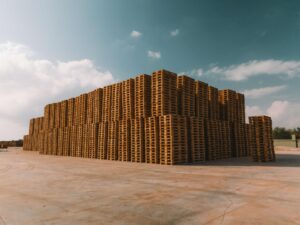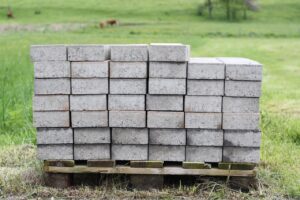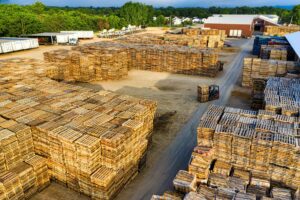Environmental Impact
- Rapid Growth: Bamboo is known for its rapid growth rate, with some species growing several feet in a day. This fast growth makes it highly renewable compared to trees used for traditional wood.
- Renewability: Bamboo is a grass that regenerates quickly after harvesting without the need for replanting, reducing pressure on natural resources and forests.
- Soil Conservation: Bamboo’s extensive root system helps prevent soil erosion, preserving fertile soil and supporting land stability.
- Low Environmental Footprint: Bamboo typically requires fewer pesticides, herbicides, and fertilizers compared to traditional wood, contributing to lower environmental impact in cultivation.
- Carbon Sequestration: Bamboo has a high capacity for carbon sequestration, absorbing significant amounts of carbon dioxide during growth and continuing to store carbon even after harvest.
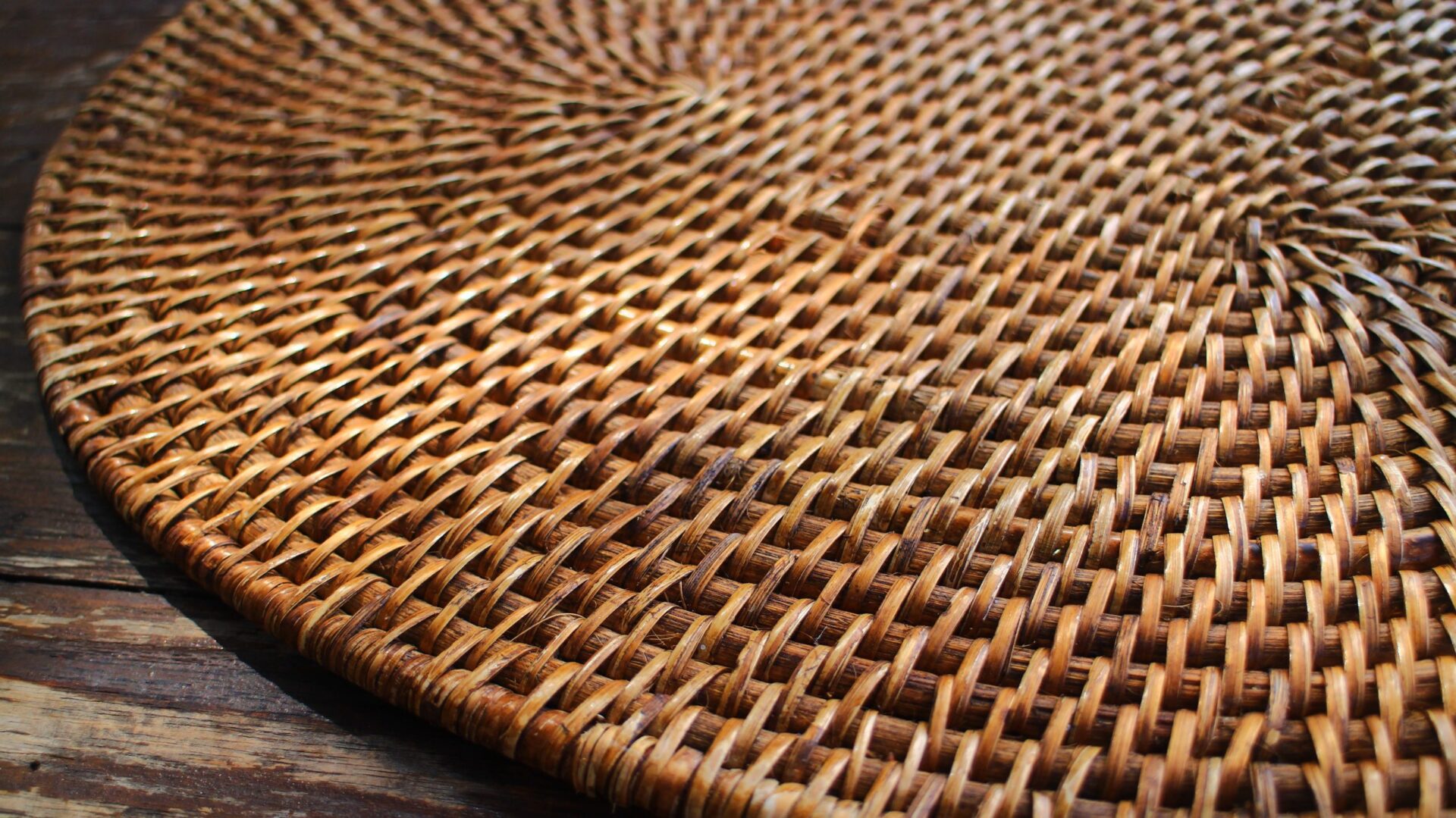
- Slow Growth: Trees used for traditional wood take longer to mature, leading to longer harvesting cycles and a slower renewal rate compared to bamboo.
- Deforestation Impact: Harvesting trees for traditional wood can lead to deforestation, causing habitat loss, biodiversity decline, and disrupting ecosystems.
- Environmental Footprint: The production of traditional wood products often involves more intensive processing, which can result in higher energy consumption and emissions compared to bamboo processing.
- Forest Management: Sustainable forestry practices, such as selective logging and reforestation efforts, aim to minimize environmental impact but may still fall short in preventing habitat destruction.
- Carbon Storage: Mature trees store carbon, but when harvested, this stored carbon is released back into the atmosphere unless replaced or replanted.

Material Characteristics
Strength and Durability
- Tensile Strength: Bamboo’s tensile strength surpasses that of many traditional woods, making it exceptionally strong and resilient.
- Compression Strength: It’s also known for its high compression strength, making it suitable for load-bearing structures.
Versatility
- Flexible and Malleable: Bamboo’s flexibility allows it to be shaped and molded into various forms, making it versatile for different applications.
- Wide Range of Uses: Beyond construction, it’s used for furniture, flooring, textiles, paper, and even as a biofuel.
Sustainability
- Rapid Growth: Bamboo’s rapid growth cycle enables quicker harvests and reduces the time needed for regrowth, contributing to its sustainability.
Moisture Resistance
- Natural Resistance: Bamboo has natural moisture resistance, making it less prone to warping or rotting compared to some types of wood.

Diversity
- Variety of Species: Different types of wood offer varying characteristics in terms of strength, density, grain patterns, and color, catering to diverse needs.
Specific Strength Properties
- Specific Strengths: Some traditional woods have unique characteristics, like oak being prized for its strength and teak for its durability and water resistance.
Aesthetic Appeal
- Natural Beauty: Traditional wood often boasts rich, natural colors, distinct grain patterns, and a visual warmth that contributes to its appeal in furniture and decor.
Longevity
- Durability: Well-maintained and treated wood can have a long lifespan, making it a durable material for various applications.
